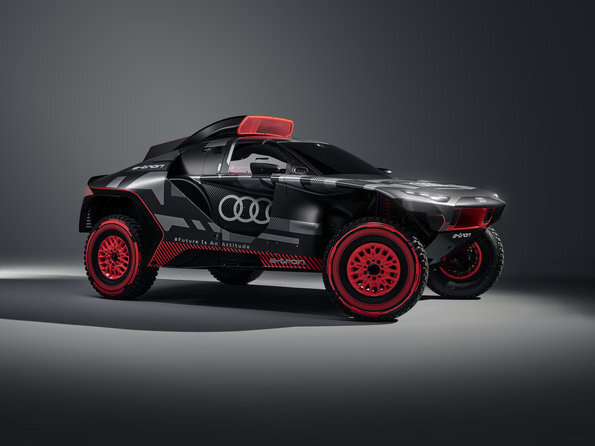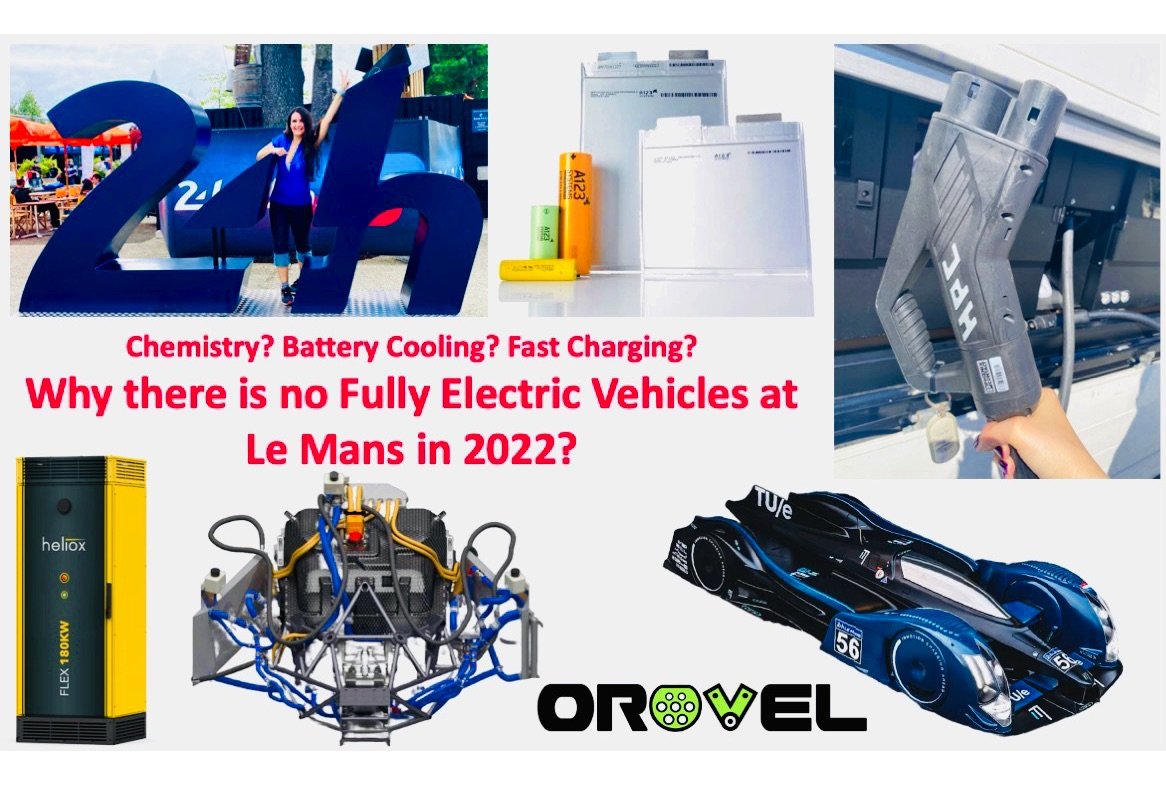The Electric AUDI RS Q e-tron in Dakar: IC Engine rechargeable 🤔
Surprising choice of AUDI for their Electric Vehicle entering the 2022 Dakar Rally. The Audi RS Q e-tron will be an EV powered by a Battery that will be charged… from an Engine 🤔
How to call this? An Hybrid? Well rather an EV with a Range Extender as the PowerTrain is only Electric while the ICE support only the Battery recharge. Let’s summarise what we know about this AUDI Futuristic Prototype:
Electric drivetrain include 3 MGU (Motor-Generator Unit) from the AUDI e-tron FE07 Formula E. 2 MGU are used to power the car (front and rear obviously). The 3rd one is part of the energy converter and serves to recharge the Battery while driving.
The AUDI e-tron FE07 Formula E MGU (2021)
The MGU offers an efficiency of 97% (within all relevant conditions) for an overall vehicle efficiency (in the FE07 Formula E) of more than 95%). The inner rotor can be as high as 20,000 rpm (again in the FE07 Formula E) with external Magnets. It is a very compact unit using Carbon fibre housing to keep the weight as light as 35 kg for 250 kW power (each MGU).
This means that the max power of the e-drivetrain is 500 kW but at this stage there exist no restriction at Dakar for EV.
Of course as for any EV, braking energy can be recovered
Energy Management is obviously a huge part of his AUDI prototype technology
The High Voltage Battery is 50 kWh for only 370 kg. Choosing a Range-Extender option allows AUDI to remove any constrain on the Battery about Range optimisation which would have led to a very heavy vehicle (and so not possible to drive in the DAKAR condition). As the Battery can be recharged “on the fly”, a reasonable size (50 KWh) can be kept even if it feeds 500 kW eMotors (which would drained the Battery in few minutes if no Range Extender was associated). No detail about the Battery architecture or chemistry has been given.
The Battery will be recharge “on-board” thanks to a TFSI Engine used as a Range Extender. AUDI explained their (surprising) choice by the impossibility to electrically recharge the Battery in the middle of the desert also knowing that some daily tracks can be as long as 800 km which would not be possible to drive in a single charge otherwise.
The “charging Engine” is the AUDI TFSI used in DTM which operates in the very efficient way as it is used on a very narrow range of operating conditions allowing a specific consumption of 200g per kWh
The TFSI AUDI Engine used in DTM is a very light Engine weighting only 85 kg in its full DTM version. It is a 2.0L 4-cylinder. Note that in the DTM vehicle, the Engine is structural to the car. It would be interesting to learn how the Engine is integrated inside the AUDI RS Q e-tron
In the AUDI RS Q e-tron, there is only one forward gear. The front and the rear axles are not mechanically connected (as it is also common in EV). The software developed by Audi takes over the torque distribution between the axles and thus creates a virtual and freely configurable center differential. This allows AUDI to considerably save the weight and space that would have been required by propshafts and a mechanical differential.
Want to know all the secrets about the Battery of the AUDI RS Q e-tron? Read this article





